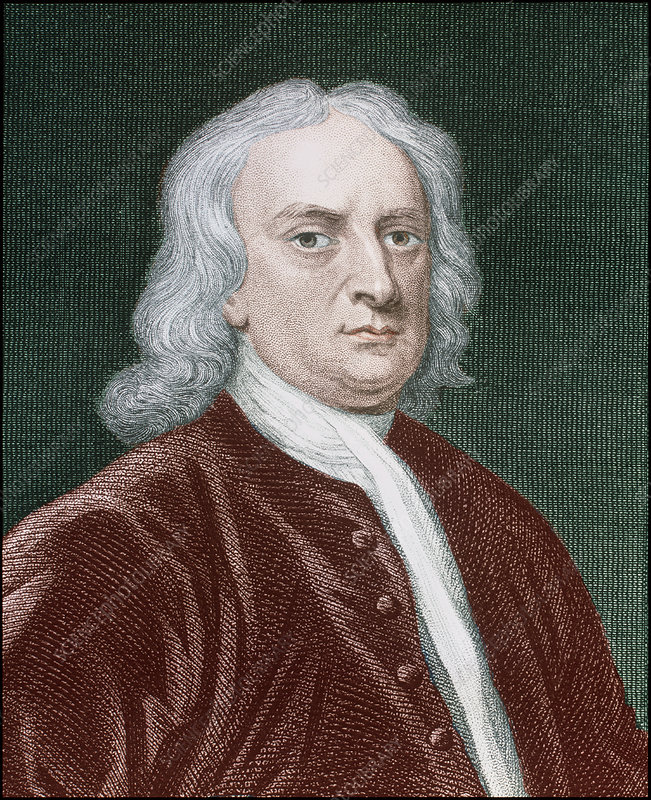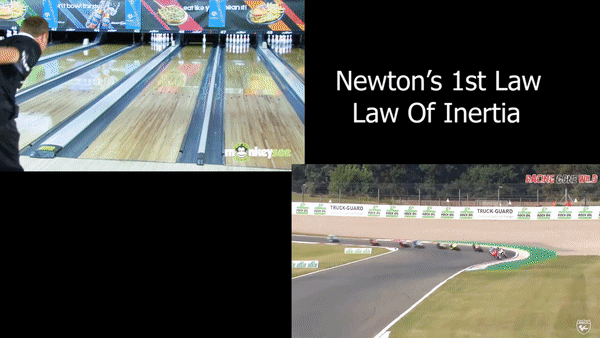
Sir Isaac Newton
25 Dec 1642 – 20 March 1727
The epitome of the 17th-century Scientific Revolution was Sir Isaac Newton, an English physicist and mathematician (born December 25, 1642 in Woolsthorpe, Lincolnshire, England—died March 20 , 1727, in London). The way we perceive and interpret the cosmos has been fundamentally altered by Newton. Calculus was created by him, along with the laws of motion and gravity.
Newton not only discovered the principles of gravity while watching an apple fall, but he also created calculus, which opened the door for additional advancements in how we approach and solve difficult problems. He also demonstrated how light disperses when it passes through a glass prism and developed the laws of motion, which served as the foundation for physics.

In the chapter before, we focused on providing a quantitative description of a particle’s motion in space. We showed that for uniform motion, the concept of velocity is sufficient, whereas for non-uniform motion, the concept of acceleration is also necessary. What controls the motion of bodies is an issue that has not yet been raised. We focus on this fundamental query in this chapter.
Let’s begin by making an educated guess based on our collective experience.
When a football is at rest, it must be kicked.
A stone must be propelled upward when being thrown. A breeze causes a tree’s limbs to sway, and a powerful wind has the power to move even massive items.
It is obvious that some outside force must be applied to move a body from its resting position.
Similar to how to speed up or stop motion, an external force is required. By exerting force in the opposite direction of the ball’s motion, you can stop it from rolling down an incline.
In other words, a force is needed to move a stationary body or to halt a moving body, and this force must come from an external agent. The body may or may not be in contact with the external agent.
So in this chapter we are going to deal with the dynamics of motion i.e. a scientific study of the forces involved in the motion.
Get Full Access Of the Chapters
